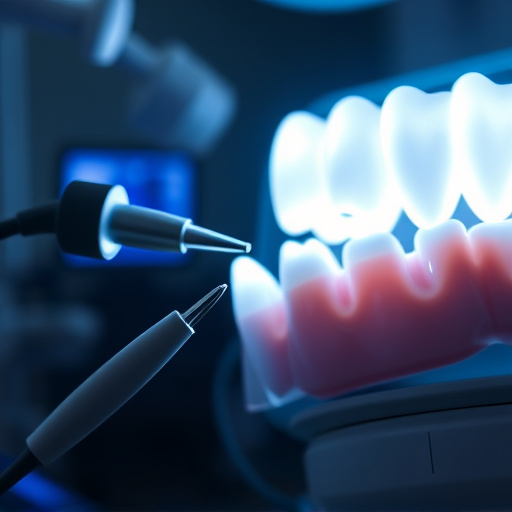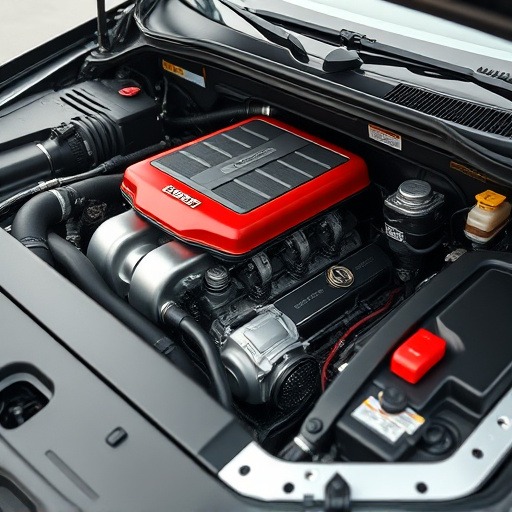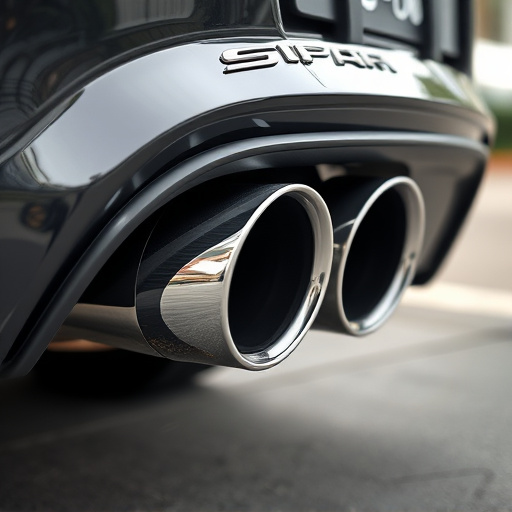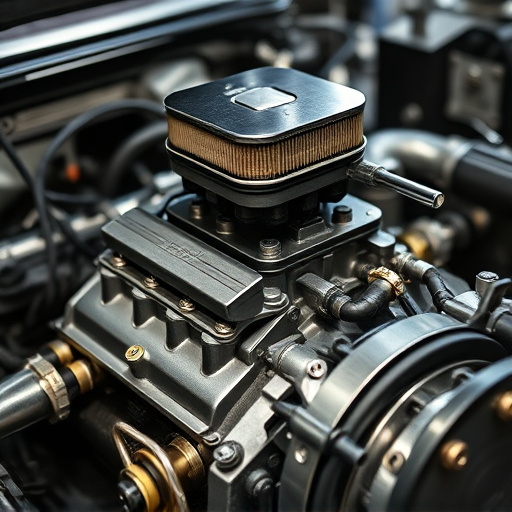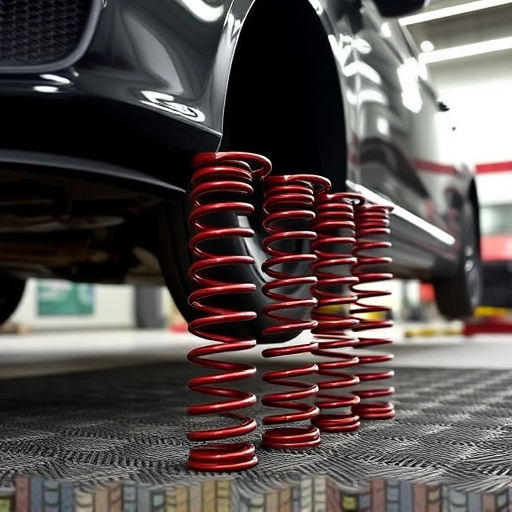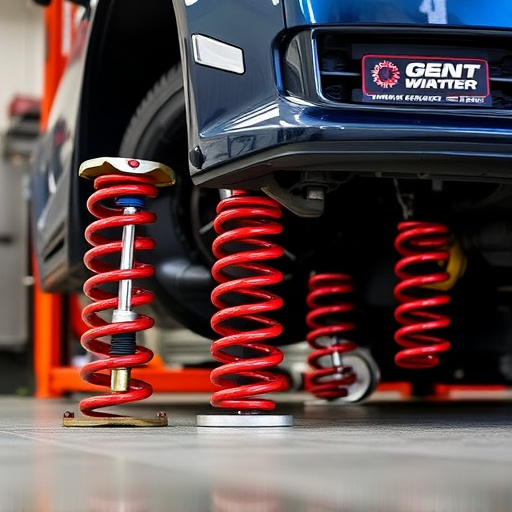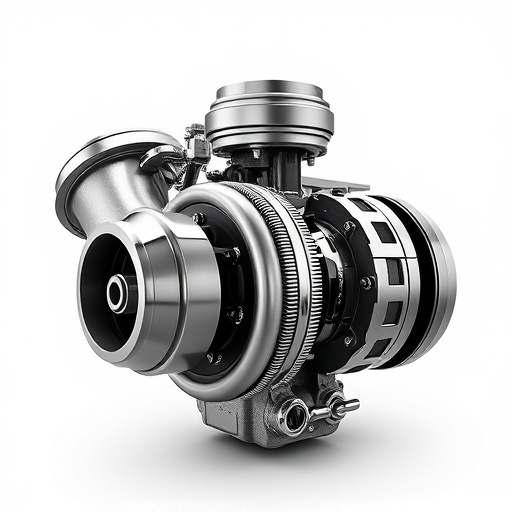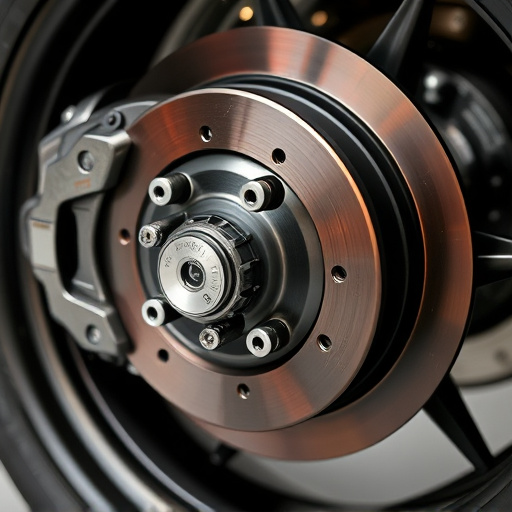The car suspension system, comprising springs, shocks, control arms, and stabilizer bars, is crucial for optimal vehicle performance, safety, and comfort. When upgrading, consider vehicle make/model specifics, replace worn parts, choose between independent or solid axle systems, opt for lightweight yet durable materials, and research manufacturers for specialized components like air intakes. Common upgrades include coil overs for precise control, strut towers for better alignment, performance brakes for enhanced stopping power, and air intake systems to boost engine efficiency.
Choosing the right car suspension system parts is crucial for optimizing your vehicle’s performance, handling, and safety. This guide will walk you through understanding your car’s complex suspension architecture, from springs and shocks to control arms and struts. We’ll outline key factors like driving style, budget, and desired performance upgrades. Additionally, we’ll explore common types of suspension system upgrades and their benefits, empowering you to make informed decisions for a smoother, more controlled ride.
- Understanding Your Car's Suspension System: Components and Functionality
- Factors to Consider When Choosing Suspension System Parts
- Common Types of Suspension System Upgrades and Their Benefits
Understanding Your Car's Suspension System: Components and Functionality
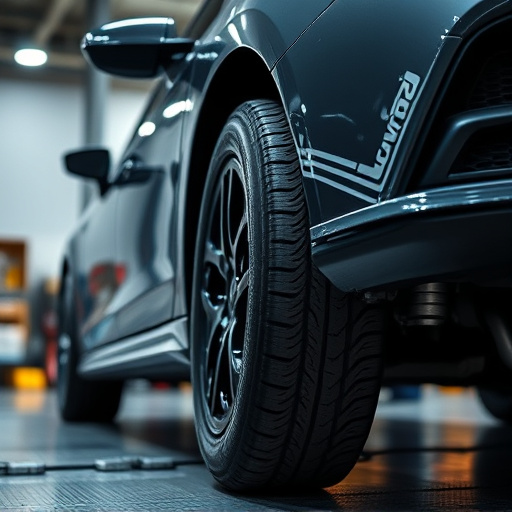
The car suspension system is a complex network of parts designed to ensure optimal vehicle performance and safety. It includes several critical components that work together to provide stability, control, and comfort while driving. At its core, the suspension system is responsible for connecting your vehicle’s chassis to its wheels, allowing for smooth movement over uneven road surfaces.
Key elements include springs, shocks (or dampers), control arms, ball joints, strut towers, and stabilizers bars. Springs absorb impacts from bumps and potholes, while shocks regulate the speed at which the springs compress and decompress, ensuring a controlled ride. Control arms facilitate steering and wheel alignment, maintaining proper tire contact with the road. Together, these components work in harmony to keep your car level, stable, and responsive, enhancing both driver comfort and vehicle handling. Additionally, other auxiliary systems like air intake systems, exhaust mufflers, and brake pads also play secondary roles in overall performance and safety, but their primary functions lie outside the core suspension system.
Factors to Consider When Choosing Suspension System Parts
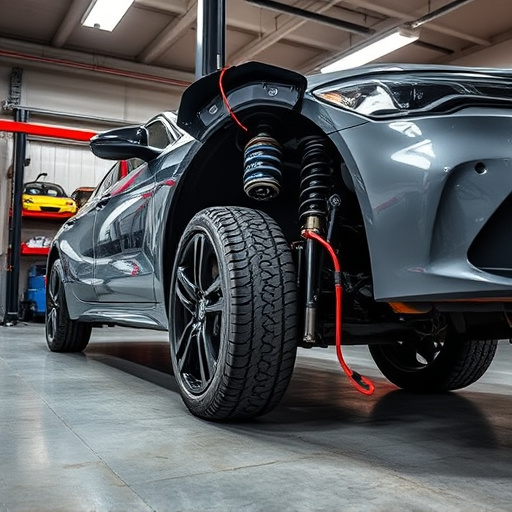
When choosing car suspension system parts, several key factors come into play to ensure optimal performance and safety. Firstly, consider your vehicle’s make and model; different cars have distinct suspension requirements due to variations in weight distribution, driving dynamics, and intended use (e.g., daily commuting, off-roading). Secondly, evaluate the condition of your existing suspension components, as replacing worn-out parts is crucial for maintaining control and comfort on the road.
Additionally, focus on the type of suspension system you need, such as independent or solid axle, and whether upgrades like performance air filters or enhanced air intake systems could boost efficiency. Inspect the materials used in construction; lightweight yet durable components can improve responsiveness and fuel economy. Lastly, look into the reputation of the manufacturer and availability of replacement parts, especially for specialized intake components that influence airflow and engine performance.
Common Types of Suspension System Upgrades and Their Benefits
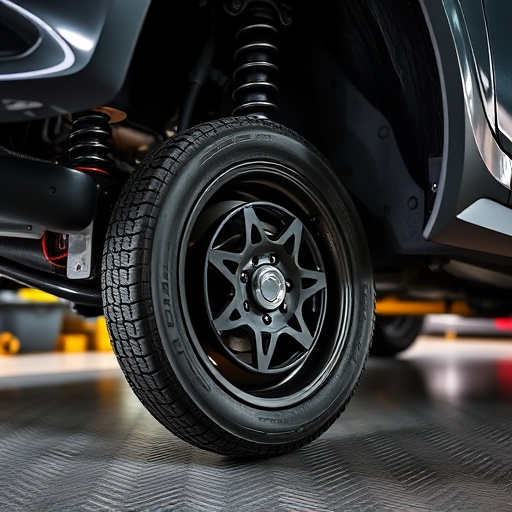
Choosing the right car suspension system parts involves understanding the various upgrades available and their specific benefits tailored to your driving needs. Common types include coil overs, which offer precise control over ride height and damping, ideal for those seeking a balanced blend of comfort and handling. Strut towers and lower control arms are another popular upgrade, allowing for better alignment and reduced body roll, enhancing stability at high speeds.
For drivers looking to enhance braking performance alongside their car suspension system, upgrading to performance brakes or new brake pads can significantly improve stopping power and modulation. Similarly, air intake systems can boost engine efficiency by providing a steady stream of cool air, resulting in increased horsepower and improved fuel economy. These upgrades collectively contribute to an enhanced driving experience, whether it’s smooth rides on rough roads or thrilling performances on winding tracks.
Choosing the right car suspension system parts is crucial for enhancing both your vehicle’s performance and safety. By understanding your car’s existing suspension components, considering factors like driving style and terrain, and exploring upgrades tailored to your needs—such as coil overs or air suspensions—you can significantly improve handling, comfort, and overall driving experience. Invest in high-quality parts from reputable manufacturers to ensure long-lasting reliability.



